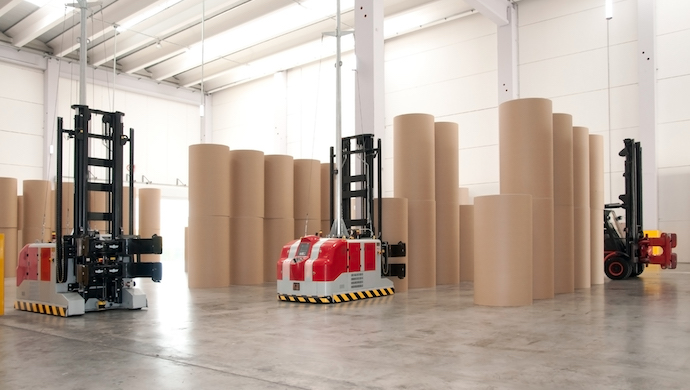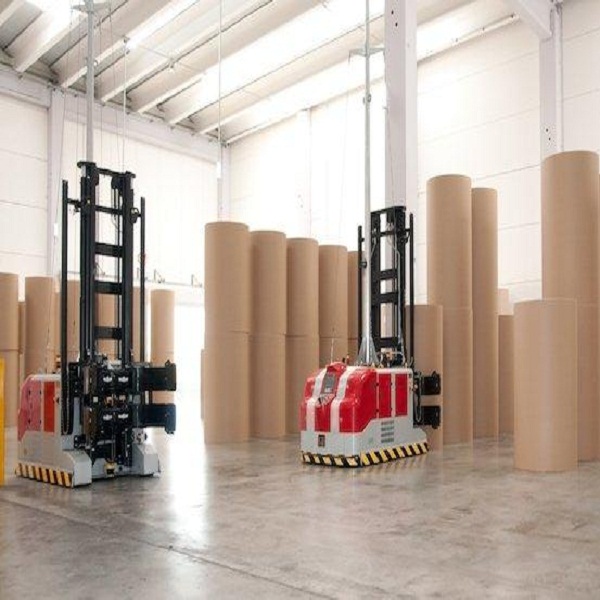Teleoperation empowers a human to remotely monitor and control a motorised vehicle. It is deceptively simple only because an ingenious and enormously complex blend of technologies makes it so.
Self-driving cars have been all talk and very little action for nearly a decade. Operational perfection always seems “another ten years away”. This is hardly news. But there is big news on the automotive technology front. It’s called teleoperation, and it’s here to meet, and overcome challenges that autonomy cannot.
Simply put, teleoperation empowers a human to remotely monitor and control a motorised vehicle. From the operator’s standpoint it is deceptively simple. But that’s only because an ingenious and enormously complex blend of technologies makes it so.

Teleoperation enables the transmission of multiple video feeds from the vehicle to the command station, and instructions from the command station to the remotely operated vehicle, in virtual real time. However, unlike robo-taxis, autonomous pods and autonomous shuttles, teleoperation technology is road-ready right now. There is no need for new, specialised vehicles, even existing fleets can be retrofitted for remote operation.
Teleoperation’s relevance is all the more timely on account of COVID-19.
Consider the following scenarios:
A tunnel-digging vehicle must enter an extremely dangerous environment in order to perform a variety of tasks, each one with its own added hazards. For the human operator this is a high-risk operation with very real, possibly fatal, danger.
With the addition of cameras, modems and a vehicle-side (rugged) computer, this same vehicle can be operated by a human from the safety of a control centre located even thousands of kilometres away. Furthermore, a single skilled operator can finish this operation and immediately “jump” to another location in order to perform another complex operation elsewhere entirely.
Relocation of the first piece of equipment can then be handled by a local driver. The ability to shift operators with the click of a button goes a long way to minimise risk, keeps workers safe, and ensures that only the most skilled people are doing the most skilled jobs.
There are some situations that already allow for vehicle autonomy. However, operational capability is limited. For example there are currently ports around the world that feature docks with Automated Guided Vehicles (AGV). These AGVs require a sterile environment in which human intervention is impossible without first shutting down the entire system throughout the particular zone.
Hence, when a single AGV gets into a situation it cannot handle – and in some ports this occurs on a daily basis – the entire zone must be shut down before an engineer can access that AGV and fix the problem. However, with teleoperation that same engineer can remotely connect with the troubled AGV in order to give commands, draw a new path, or otherwise control it without having to interrupt any other AGV’s operation. Overall productivity no longer has to suffer just because one AGV is in distress.
Forklifts are another scenario involving autonomous equipment that benefits greatly from teleoperation. These vehicles autonomously manoeuver around a warehouse or loading facility. However, the act of manipulating the fork, and the loading and unloading of goods and pallets is no easy feat and requires a human operator. Sitting in a remote location, a forklift operator can hop between vehicles as needed, while autonomy takes care of any point-to-point driving.
Now we all know about military UAVs (Unmanned Aerial Vehicles) that are controlled from the ground, often thousands of miles away. But the era of UGVs, Unmanned Ground Vehicles, is just dawning thanks, again, to teleoperation. Military forces have an acute need for the deployment of unmanned vehicles for operations in hostile environments.
Unmanned, teleoperated vehicles are poised to save countless lives, and are ideal for reconnaissance, assault, supply chain or even human transport like with extricating wounded or trapped personnel.
In each of the above scenarios teleoperation is meant to protect lives, reduce operational costs and increase efficiency. In addition, teleoperation is also environmentally sound. Most industrial vehicles are diesel powered, so any operational improvement can lead to substantial reduction in energy consumption and emissions.
For example, teleoperation can do just that by reducing dwell time for trucks waiting to pick up or unload their cargo at port entrances. Once dwell time is reduced, drivers no longer need to wait in their cabins and run their engines for heating or air conditioning.
Numerous technologies are now poised to have a huge impact on industry, productivity and the environment. Most of these will soon be ready. When they are, they should be deployed right away. Teleoperation is already past the starting gate, and ready for deployment, to increase safety, efficiency and cost effectiveness.
Source: e27










